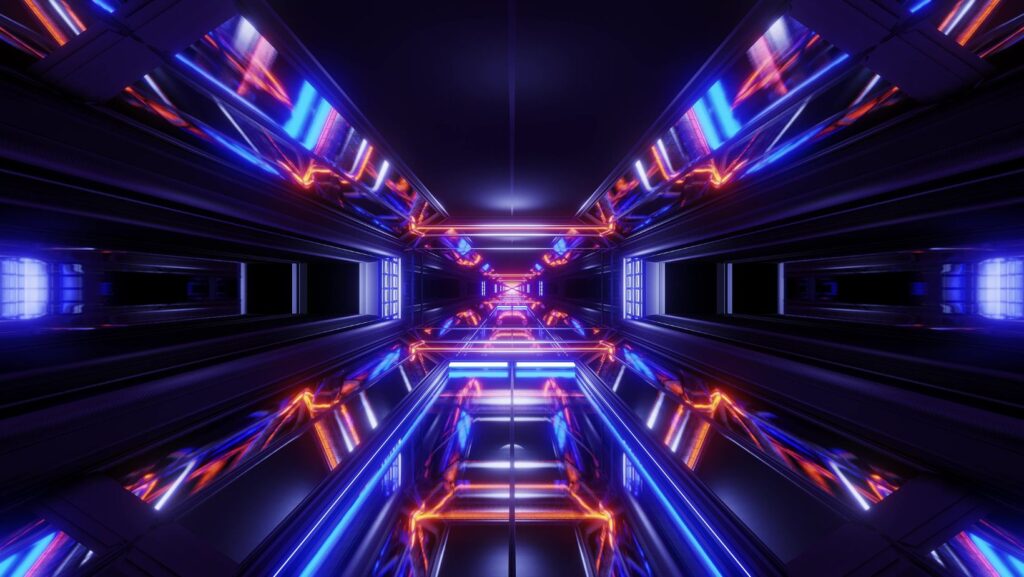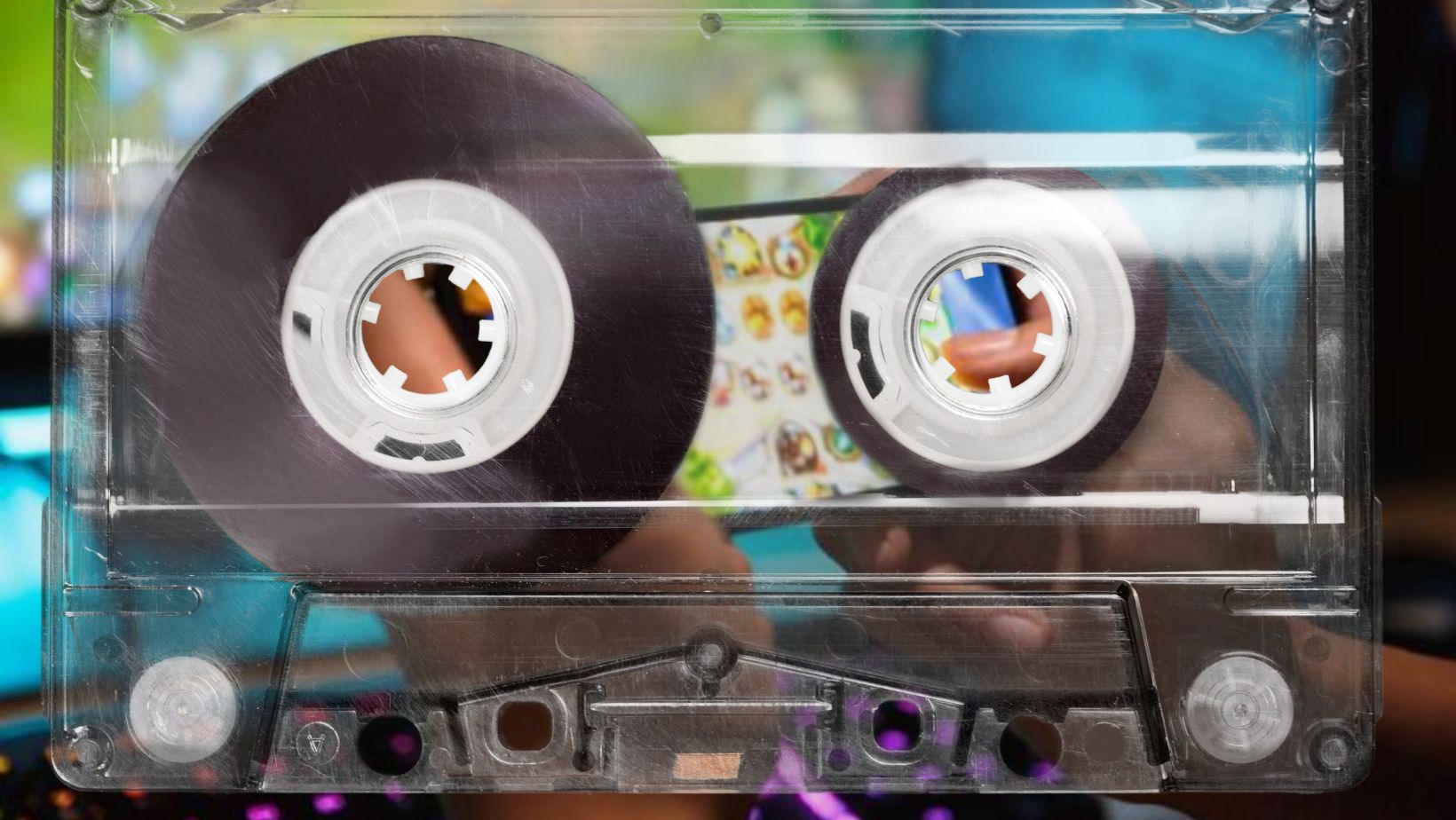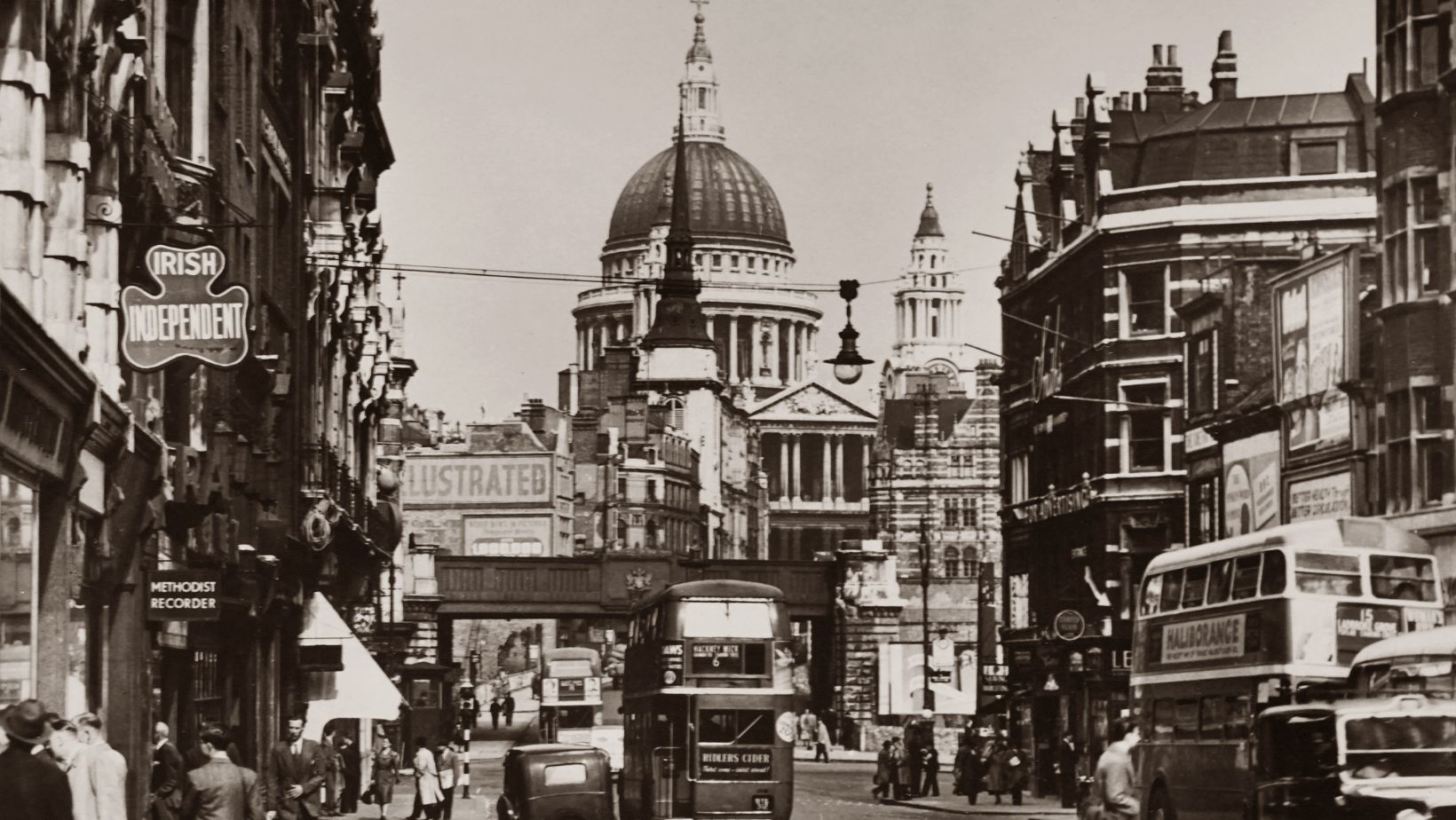
It may seem strange that our visions of the future frequently have a retro feel to them. Retro-futurism has captivated people’s imaginations for years with its neon-soaked skylines, gleaming chrome cars, bubble helmets, and flashing control panels. In a time of sleek minimalism, it’s everywhere. You see it in movies, fashion, architecture, and even on digital platforms like Playamo. There, vintage imagery helps create a unique, familiar vibe. Why, therefore, do we still find ancient futuristic views fascinating?
There is more to retro-futurism than merely a style. It’s a means of investigating how humans used to envision the future. Imagine jetpacks from the 1950s, space stations from the 1970s, or grid-like cyber worlds from the 1980s. Unadulterated optimism about technology and advancement—a future full of audacious concepts, incredible innovations, and a feeling of excitement—is frequently reflected in these designs. We can find that energy again by revisiting those imagined futures. Let’s think about what those past dreams tell us about today.
The Complexity of Modern Life
Although technology is pervasive in today’s environment, it is frequently unseen and challenging to comprehend. Virtual economies, cloud computing, and AI algorithms can all have an overpowering and impersonal impact on our lives. Retro-futurism offers an escape. It shows a future where everything feels solid and mechanical. Displays shine with warmth, and machines have knobs. It brings back memories of a simpler, more hopeful, and more exciting future.
Retro-futurism loves bright colors, clunky shapes, and complex tech. It replaces sleek minimalism and smart gadgets with a quirky style.

These choices are more than just looks. They show a wish for a time when invention felt easier, more creative, and more human.
Optimism from a Historical Perspective
Retro-futurism thrives because it represents a rare utopian idealism in today’s world. In the 1950s and 1960s, many believed that science and technology would create a golden age, even with Cold War tensions. Limitless energy, robotic help, and space travel weren’t simply fantasies; they were expectations.
Retro-futurism enables us to reconnect with that lost sense of possibility by reexamining these earlier possibilities. It takes us back to a period when the future seemed more like a playground than a battlefield. The image showed flying cars, trips to the moon, and peace through progress. It was not about endless spying or environmental ruin.
Design Trends and Cultural Recycling
Practically speaking, retro-futurism is part of the larger cultural recycling cycle. Similar to how fashion brings back trends every few decades, media and design likewise draw from the past.

The analog aesthetics of contemporary technology, the synth-heavy soundtracks of films, and the pixel art in independent video games all suggest a return to retro aesthetics with future undertones.
In the fields of architecture and product design, where “new vintage” is becoming more and more popular, this mashup is particularly noticeable. Mid-century modernism is a source of inspiration for architects and designers, who then incorporate it with advanced materials and clever innovations. The end effect is a future that is both familiar and new at the same time—forward-looking but grounded in nostalgia.
Gazing Ahead via a Rearview Mirror
In the end, retro-futurism effectively conveys the conflict between innovation and longing. It’s about holding on to the conveniences of the past while dreaming of the future. It lets us see the future as a warm, inviting space. Here, creativity, humanity, and imagination shine. This applies to digital experiences, games, movies, and design.
Retro-futurism asks us to look back. It’s not about going back, but about finding hope. In the past, hope came easily. Today, the future often feels uncertain or even bleak. Remembering how we once thought we could is, after all, sometimes the finest way to move on.












